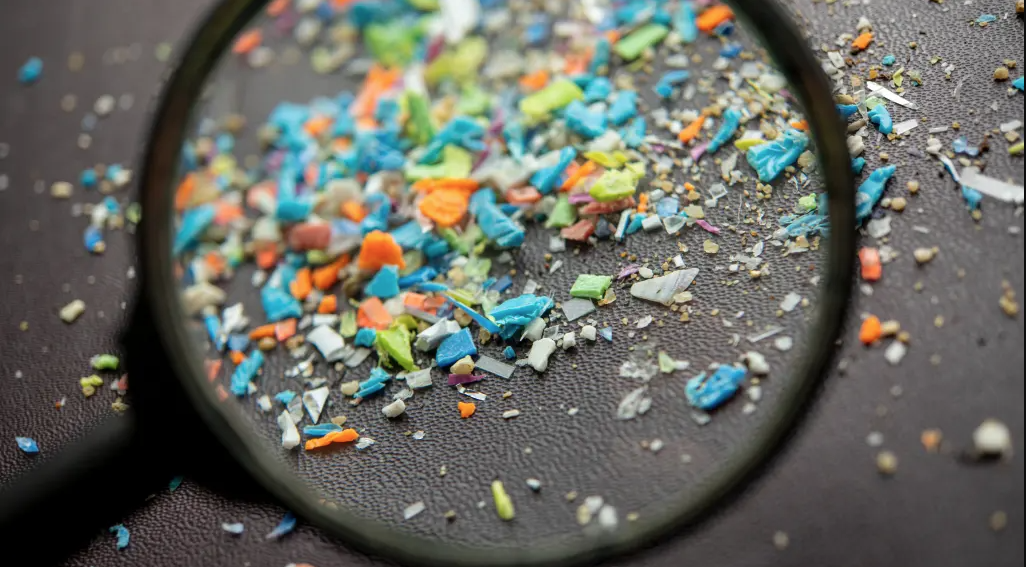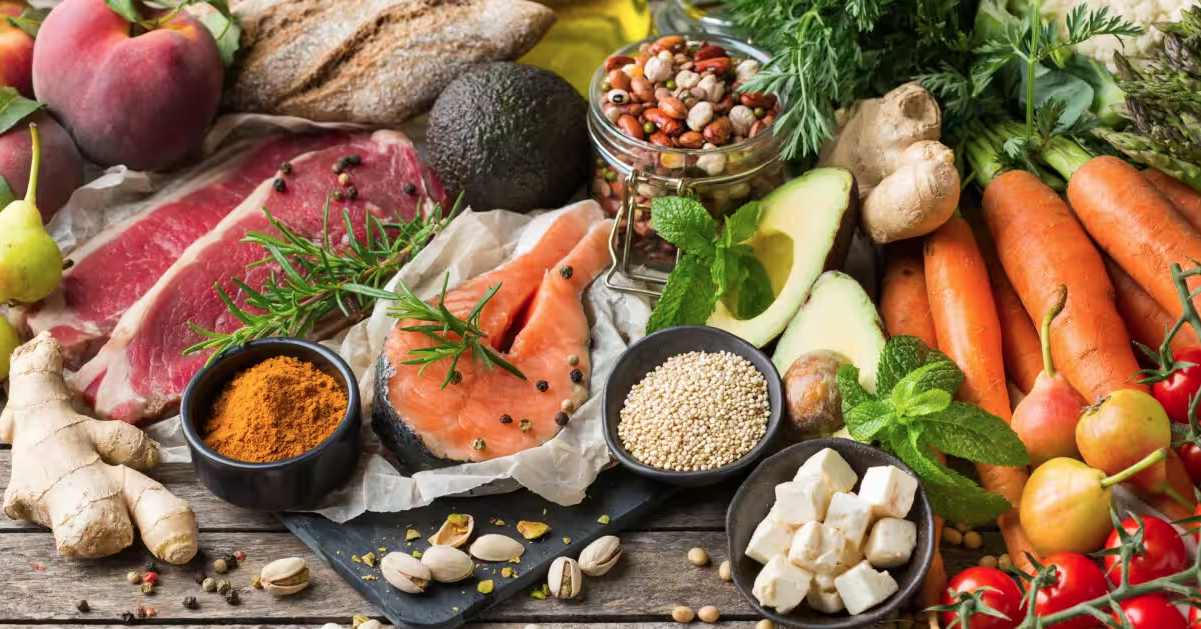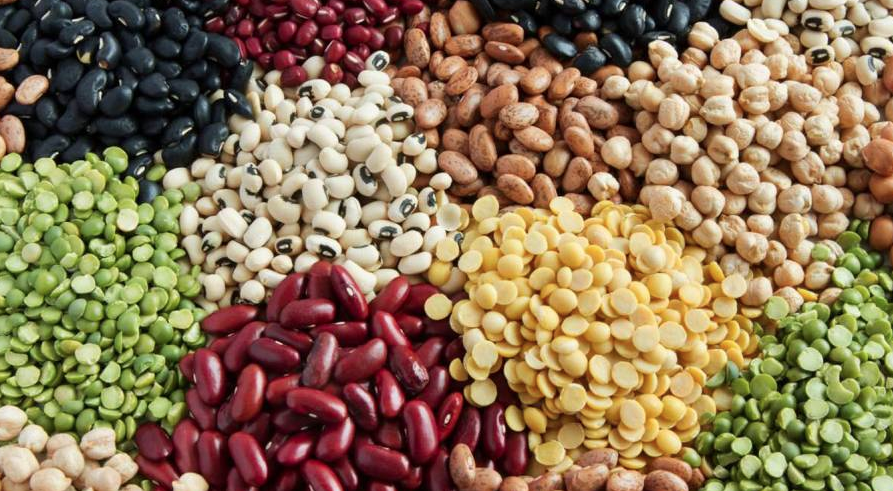Discover 5 easy ways to reduce your microplastic intake and protect your health. Learn simple strategies to avoid microplastics in food, water, and daily life.
Why You Should Reduce Your Microplastic Intake
Microplastics are tiny plastic particles less than 5 millimeters in length, commonly found in oceans, soil, food, and even the air we breathe. Recent research shows that microplastic exposure is a growing health concern, linked to inflammation, hormone disruption, and potential long-term health effects. As awareness increases, so does the urgency for people to minimize their exposure. This guide offers five easy and effective ways to reduce your microplastic intake without making drastic lifestyle changes.
What Are Microplastics and Why Are They Harmful?
Before diving into prevention methods, it’s essential to understand what microplastics are. These particles originate from the breakdown of larger plastic waste or are manufactured intentionally for products like toothpaste and cosmetics. Microplastics are now found in drinking water, sea salt, fish, and even human blood.
Health Risks Associated With Microplastic Exposure:
- Endocrine disruption from plastic additives like phthalates and BPA.
- Digestive and respiratory irritation due to inhaled or ingested particles.
- Potential carcinogenic effects, though research is ongoing.
- Immune system response, leading to chronic inflammation.
The long-term impacts are still being studied, but the presence of microplastics in our bodies is undeniable. Reducing your microplastic intake is a vital step toward safeguarding your health.
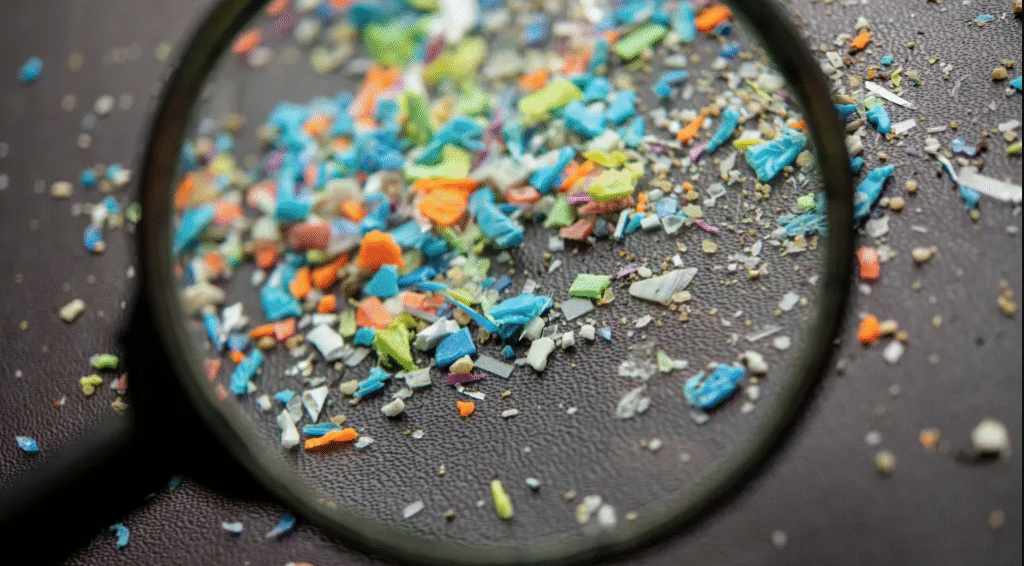
1. Switch to Filtered Tap Water
Why It Matters:
Bottled water is one of the largest contributors to microplastic consumption. Studies show that bottled water contains nearly twice the amount of microplastic particles compared to tap water.
What You Can Do:
- Install a water filter certified to remove microplastics (look for NSF/ANSI Standard 42 or 53).
- Use stainless steel or glass water bottles instead of plastic ones.
- Avoid single-use plastics, which degrade over time and leach microplastics into liquids.
Expert Insight:
A study by the World Health Organization in 2019 concluded that tap water treated with effective filtration systems contains significantly fewer microplastic particles than bottled alternatives.
2. Avoid Synthetic Clothing When Possible
Why It Matters:
Washing synthetic fabrics like polyester, nylon, and acrylic releases microfibers into wastewater, eventually reaching oceans and water systems.
What You Can Do:
- Choose natural fabrics such as organic cotton, wool, and bamboo.
- Use a microfiber filter in your washing machine (e.g., Guppy friend bag or Cora Ball).
- Wash clothes less frequently and use colder cycles, which reduce fiber shedding.
Bonus Tip:
Front-load washing machines are known to release fewer microfibers than top-load models.
3. Limit Consumption of Processed and Packaged Foods
Why It Matters:
Plastic packaging leaches microplastics into food, especially when exposed to heat or stored for long periods. Processed foods may also contain microplastic particles introduced during manufacturing.
What You Can Do:
- Buy fresh produce and use reusable cloth produce bags.
- Store food in glass or stainless-steel containers instead of plastic.
- Avoid microwaving food in plastic containers, which accelerates plastic degradation.
Real-World Data:
A 2020 study published in “Environmental Science & Technology” estimated that Americans ingest over 70,000 microplastic particles annually, with a significant portion coming from food packaging.
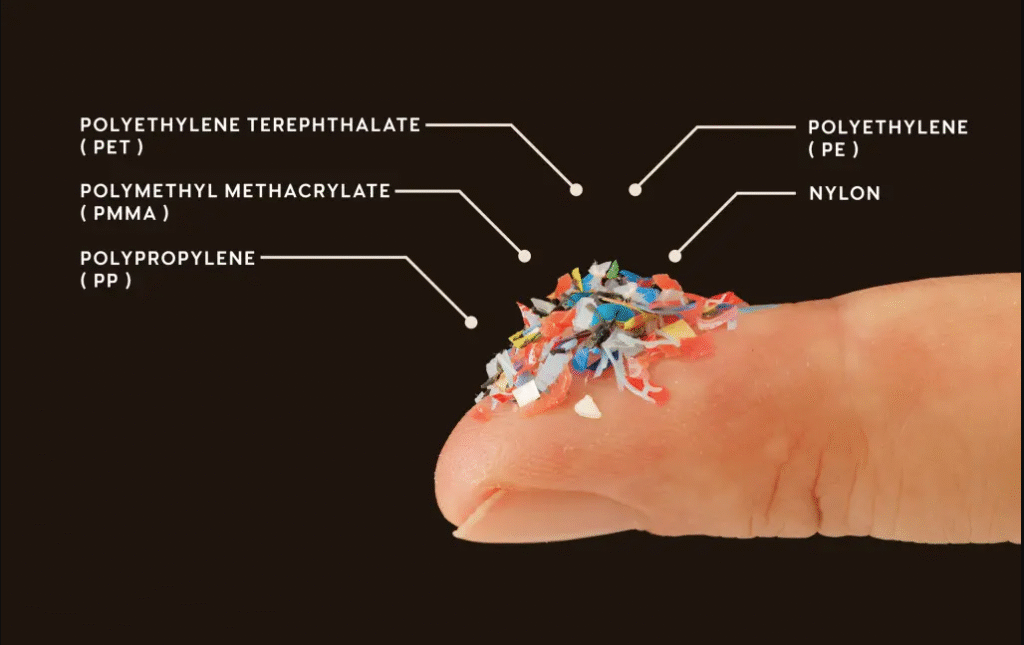
4. Choose Personal Care Products Without Microbeads
Why It Matters:
Many exfoliants, toothpastes, and shower gels contain microbeads, a form of microplastic used for scrubbing or polishing effects. These particles are too small to be filtered by wastewater treatment plants.
What You Can Do:
- Check product labels for polyethylene, polypropylene, or “microbeads.”
- Use natural exfoliants like ground oats, sugar, or coffee.
- Support brands that commit to plastic-free personal care lines.
Regulatory Progress:
The U.S. banned microbeads in rinse-off cosmetics through the Microbead-Free Waters Act of 2015, but some products still contain them, especially imports. Stay vigilant when reading labels.
5. Support Policy Change and Sustainable Brands
Why It Matters:
Individual actions are powerful, but lasting change comes from systemic shifts. Supporting policies and companies focused on sustainability can significantly reduce plastic production and pollution.
What You Can Do:
- Vote for environmental legislation aimed at reducing single-use plastics.
- Support companies using biodegradable, compostable, or reusable packaging.
- Participate in community cleanups and local sustainability initiatives.
Recommended Resources:
Final Thoughts: Small Changes, Big Impact
Reducing your microplastic intake is more achievable than you may think. By making small changes—such as filtering water, avoiding synthetic clothes, eating fresh foods, and being mindful of personal care products—you can significantly cut your exposure. Combining personal responsibility with community activism amplifies your impact.
As awareness grows, so will innovation in plastic alternatives and waste management systems. You don’t have to eliminate all plastics overnight, but every action counts. Start today by choosing one of these five easy methods to reduce your microplastic intake and take a step toward better health and a cleaner planet.
